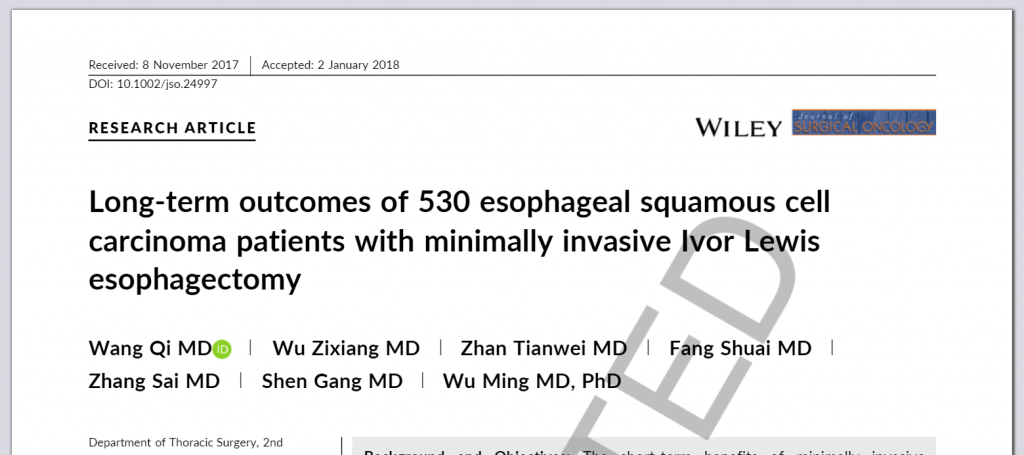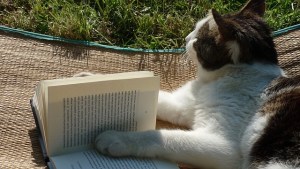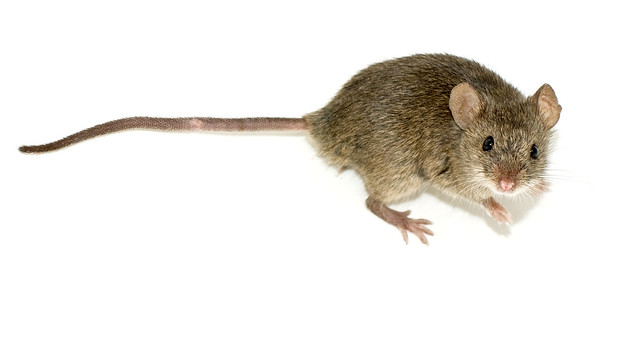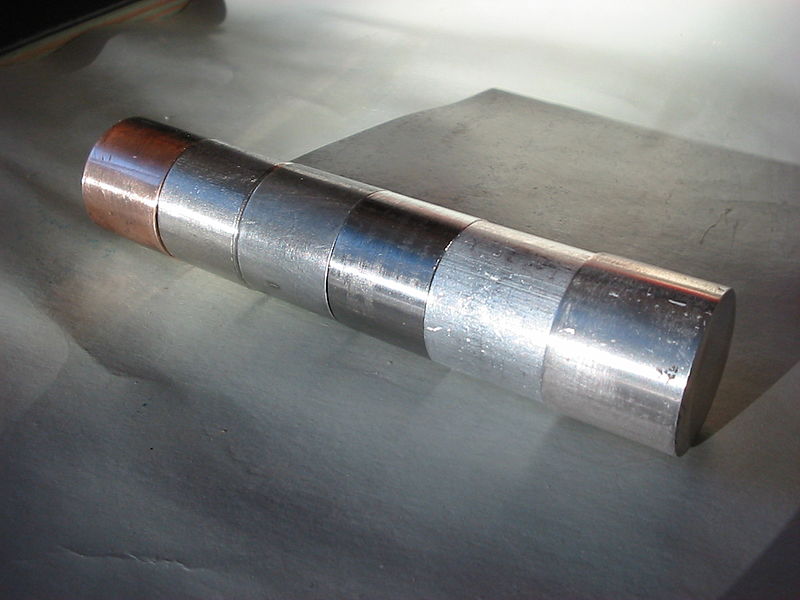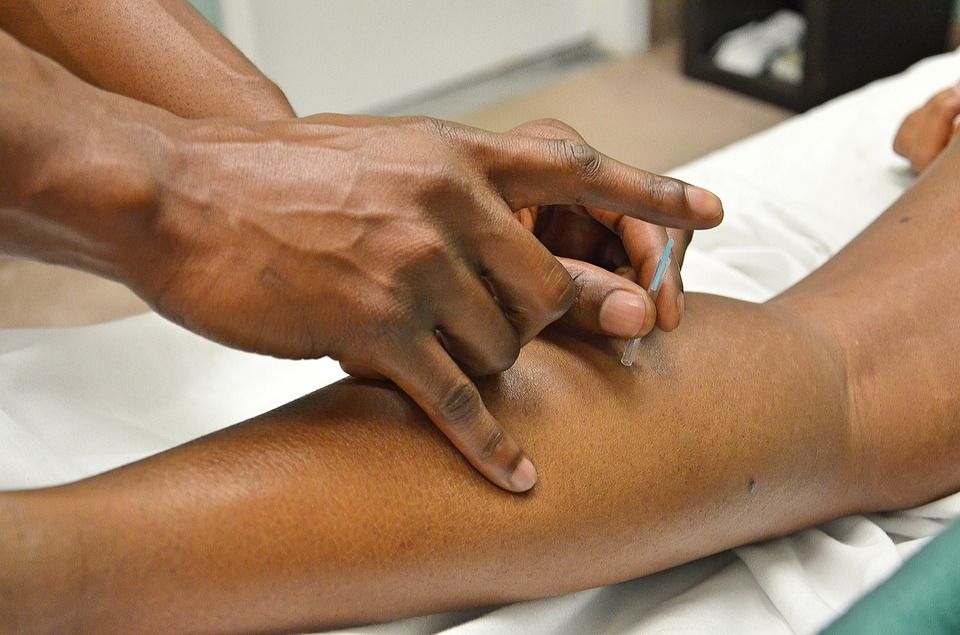
A Hindawi journal has retracted two 2013 papers by a group of stem cell researchers in China over issues with the images in the articles, bringing their count to three.
Here’s the notice for “Side-by-Side comparison of the biological characteristics of human umbilical cord and adipose tissue-derived mesenchymal stem cells,” by Lili Chen and colleagues from Huazhong University of Science and Technology in Wuhan:
Continue reading Stem cell researchers lose two more papers, making three
